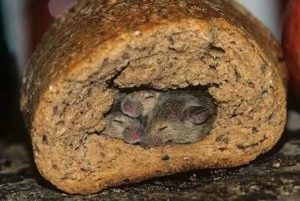Maureen Anderson writes in the Worms & Germs Blog, “the COVID-19 pandemic has put a lot of strain on a lot of people, and those in the veterinary profession are no exception. Thank you, Captain Obvious.
 Self-care and mental health support at times like these are critical, but can be hard to come by for many still working on the front lines in clinics, both human and veterinary. It’s important to recognize that everyone is stressed, even our clients, but giving others that extra little bit of leeway and understanding can be tough when you’re already at the end of your own rope. (Right, that’s Kate the Vet of Kansas State University and my research partner on a couple of handwashing projects and papers back in the day.)
Self-care and mental health support at times like these are critical, but can be hard to come by for many still working on the front lines in clinics, both human and veterinary. It’s important to recognize that everyone is stressed, even our clients, but giving others that extra little bit of leeway and understanding can be tough when you’re already at the end of your own rope. (Right, that’s Kate the Vet of Kansas State University and my research partner on a couple of handwashing projects and papers back in the day.)
A little bit of kindness can go a long way, and that’s as important now as it was a month ago when the world changed overnight, maybe even more so. Dr. Christopher Byers, a fellow veterinary internist in the US, wrote a blog post about how pet owners can help veterinarians during this crisis, and it also speaks to how we can all help each other. Our mental and physical health go hand-in-hand, and are also closely associated with the health and welfare and care we are able to provide our animals. Consider it a non-infectious consequence of a highly infectious disease, so I thought it was appropriate to share here.
You can read Dr. Byers full post on CriticalCareDVM.com, but here are his three very simple and practical points for pet owners:
- Be flexible
- Be kind
- Stay home if your pet isn’t sick





